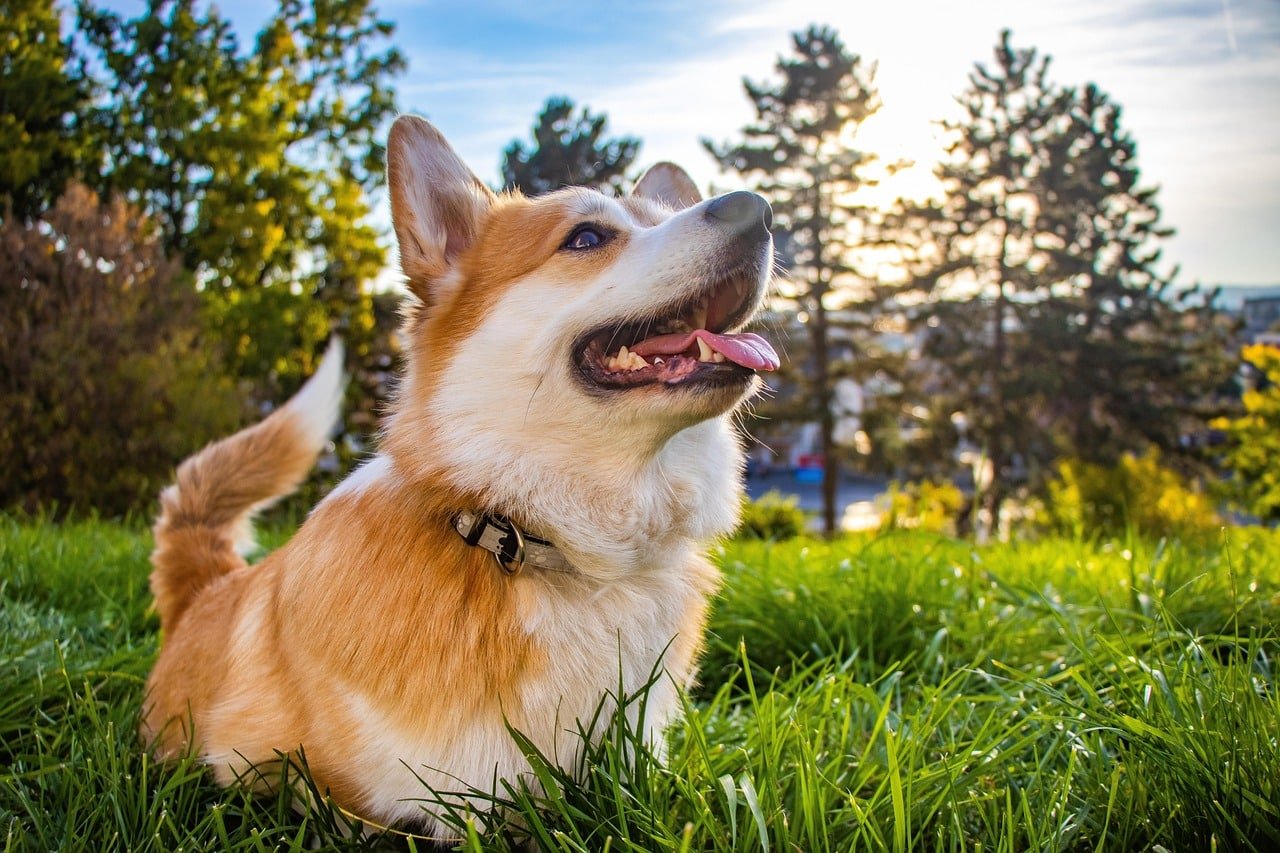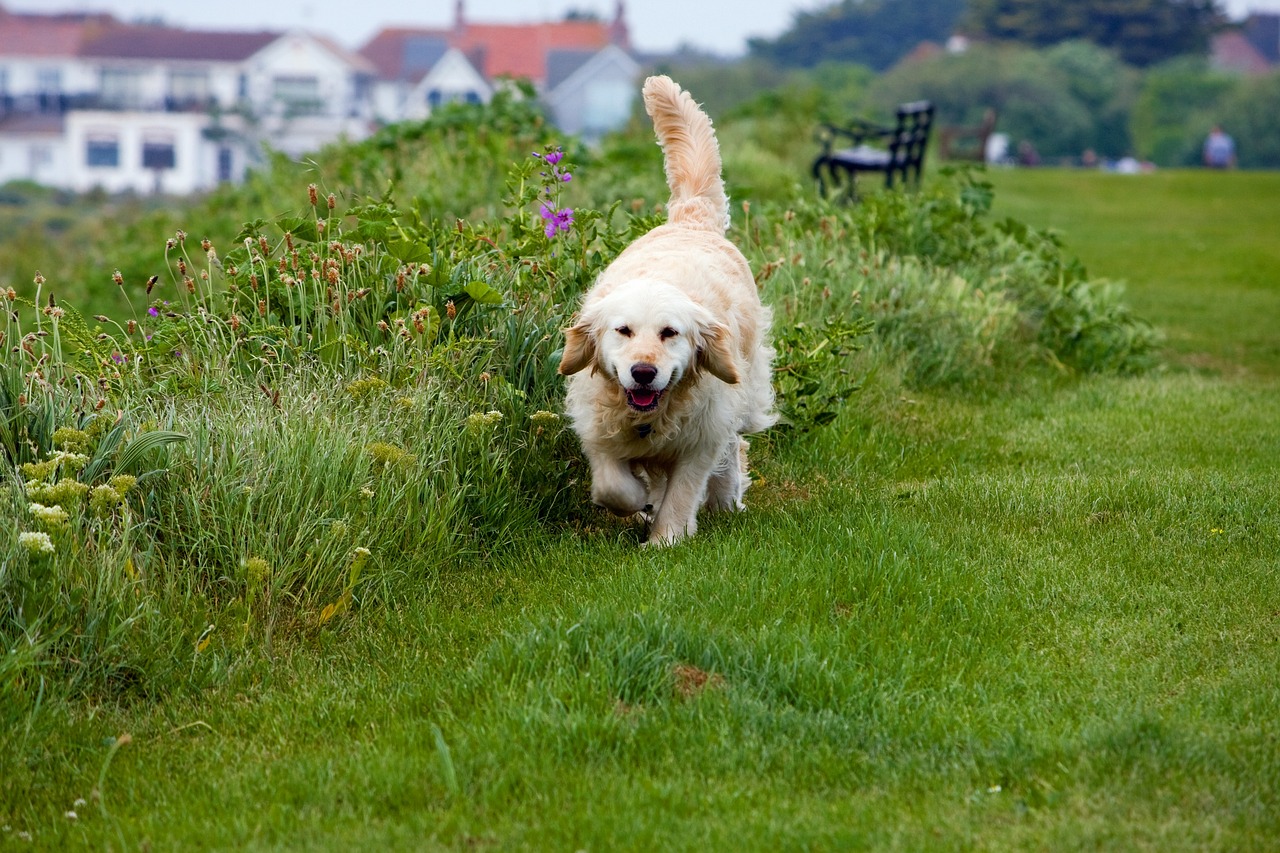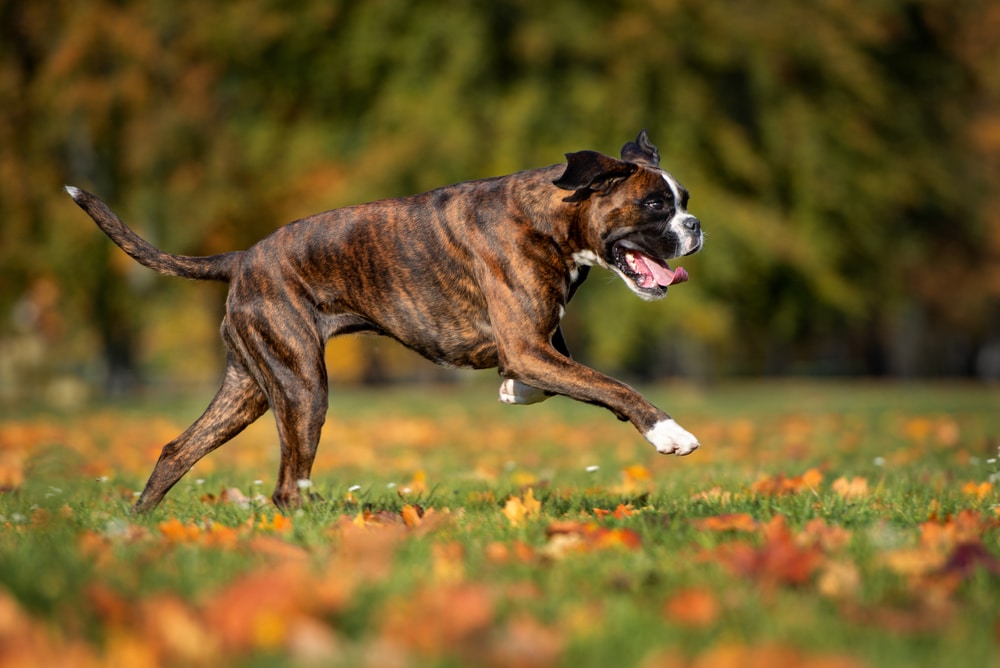Physical Address
304 North Cardinal St.
Dorchester Center, MA 02124
Physical Address
304 North Cardinal St.
Dorchester Center, MA 02124

 Shutterstock
Shutterstock
The tail of a dog is more than just a beautiful, rolling feature – it is a strong tool for communication, balance and even survival. Although many people assume that welling means happiness, the tail of a dog tells a more deeper story. From social signals to unexpected health indicators, the tail reveals more than we realize. Some serve as a built -in rudder for some swimming, while others are barely there. Whether it is long, short, curly or docade, each tail works for a unique purpose, making it one of the most interesting aspects of cinnine behavior.
 Shutterstock
Shutterstock
It is a common belief that when a dog hangs their tail, they are happy – but it’s not always true. The direction, speed and height of the wag tell all the different stories. A hard, slow wag may indicate uncertainty or even aggression, while fast, loose wags often mean tension or friendship. Some studies suggest that dogs are feeling more positive emotions on the right, on the other hand, leftist wags can indicate stress or alert. So next time you see a tail at a speed, look more closely – it’s saying something to surprise you.
 Shutterstock
Shutterstock
Although most people assume that all the dogs have tail, some varieties are naturally born without them. Dogs like Australian Stumpy Leave Cattle Dogs, Brittany Spaniel and French Bulldog often have naturally tail tail, which does not require docking. This tail-com is adapted to the use of the body language and the ears instead of surprise. Although they may lack a full-length tail, they managed to express themselves clearly as their long-tailed parts.
 Shutterstock
Shutterstock
Ever imagine why long -tail dogs seem to be easily navigating the barrier? The tail of a dog helps them to be balanced when running, jumping and making a sharp twist, like a built -in counterweight. It is especially useful for breeds that feathers or feathers like greyhounds for the border. Their tail acts as a rudder when splashing quickly or moving towards. Even walking with a fence or log -like slender surface, a dog often uses to keep their tail away from tipping.
 Shutterstock
Shutterstock
Dogs do not just hang their tail for humans – they also use them to contact other dogs. A high, curry tail can signal the domination or confidence, while a lower, tacked tail indicates the accumulation or nervous. Some dogs use slow, fine tail movements to test the reactions of other dogs before they are fully attractive. When the two dogs are combined, the locations of their tail can say a lot about how the interaction will be revealed. It is like their own built -in social signal device.
 Shutterstock
Shutterstock
A dog’s tail can sometimes indicate health problems that you can otherwise miss. If your dog suddenly prevents their tail hanging or hesitant to move it, they may have a condition called injury, nerve damage or “Limber Tel Syndrome”. This painful, temporary condition usually affects work or sports varieties that use their tail extra. Continuous tail can also be symptoms of discomfort, stress or illness. Keeping an eye on how your dog holds their tail and removes their tail can be an unexpected way to monitor their well -being.
 Shutterstock
Shutterstock
Water-loving varieties such as Labrador and Newfoundlands use their tail as roders to help swimming when swimming. Their dense, powerful tail helps to create their twist and balance the water. Some varieties, even like the Oterhouse, have specially designed tail, whose thick, muscular tail acts like a propler. Without their tail, swimming would be more difficult and inefficient. So, if your dog likes water, their tail is doing more than you realize.
 Shutterstock
Shutterstock
Although most dogs hang their tail freely, some species have tail that moves very small or very much moves very much. Bulldogs, pugs and Boston teriars often have tightly crushed tail that limits their quarrel capacity. Other varieties like Besenzi have a naturally tight tail that does not blow with enthusiasm like other dogs. Instead of using their tail, these varieties depend more on facial expression, body posture and vocalization for communicating their emotions.
 Shutterstock
Shutterstock
Before the livestock, wild dogs and wolves use their tail as the equipment needed to hunt and survive. A raised tail could sign signal for packing members that were near the victim, on the other hand a tail tail could indicate alertness. Even today, many hunting varieties still use their tail to signal the field tension or warning. Some hunting dogs, like pointers, have a specific way to position their tail when identifying the game. Although most dogs do not suffer from survival today, those instincts are deeply involved.
 Shutterstock
Shutterstock
Every dog has a way to quarrel and the movement of any two tail is not the same. Some dogs are big, broke up in broom, others have a quick, excited flick. Some dogs, such as the Golden Retrivers, are known for their full body wags, where their entire back edge is shaking with their tail. Others like Shiva Ince have more controlled wags that just move. These unique wagging styles often reflect the features of their varieties and the figures of personality.
 Shutterstock
Shutterstock
In the cold climate, their tail uses as a built -in scarf to keep certain dog varieties warm. Arctic varieties like Carl in the Siberian Huski and Alaskan Malamut rise into a strong ball, keeping their nose covering their nose with their flopy tail to preserve heat. This behavior helps protect them from frozen at the temperature while sleeping outside. Their thick fur and bush tail are designed perfectly to survive in the ice environment.
 Shutterstock
Shutterstock
Tail docking has been a controversial practice, but it was basically practical reason. .This, rotwells, dogs like Rotwells, Doberman’s and Boxers dock their tail to prevent injuries during flock, hunting or defense. Some believe it has reduced the risk of tail loss in a harsh environment. Today, the tail docking is mostly cosmetics and it is banned in many countries, though some working varieties still dock the tail due to the traditional tide.
 Shutterstock
Shutterstock
Studies have shown that dogs hung their tail even more when they see someone who likes them. Although they can shake up to strangers or other animals, their tail movements are much more exaggerated by greeting their loved ones. They also adjust the severity of their swings depending on how excited they are. So if you walk through the door, if your dog’s tail goes over to overdrive, consider this final appreciation!
 Shutterstock
Shutterstock
Believe it or not, a dog’s tail has an odor gland, which plays a role in communication. These glands produce pheromone that helps dogs identify each other and dominate or submit. When the dogs are combined, they often soften each other’s tail as a way to collect information. Although people cannot detect these aroma, dogs depend on them as part of their social interactions.
 Mid -journey
Mid -journey
Your dog’s tail is more than just a swollen fluff – it is a communication equipment, a survival help and their emotions. They are using it for balance, giving other dog signals, or shaking uncontrollable when you come home, their tail volume speaks. Some are long and flowing, others are short and curly, but each tail has a purpose. Next time you see it moves away, look more closely – it’s saying something more than your perception. And if it behaves unexpectedly? Sometimes, the privacy of the tail only can only understand the dog!